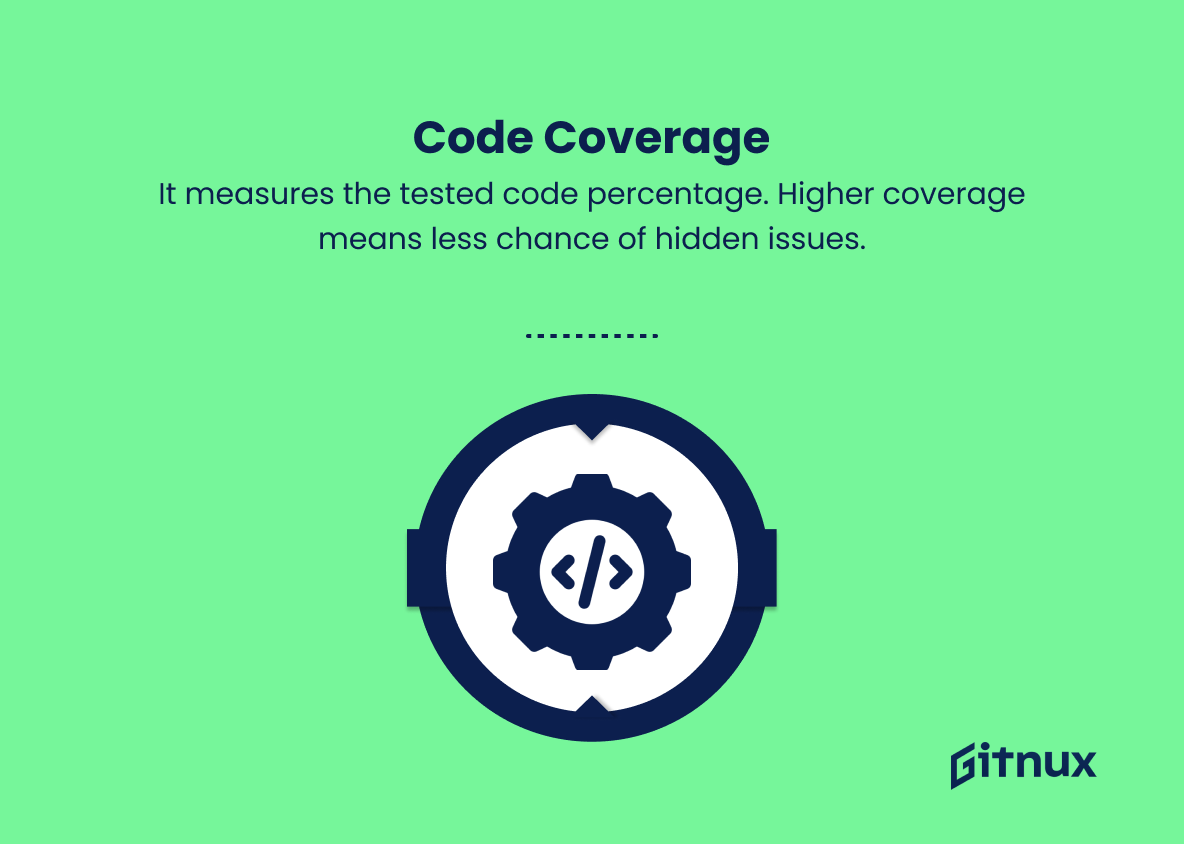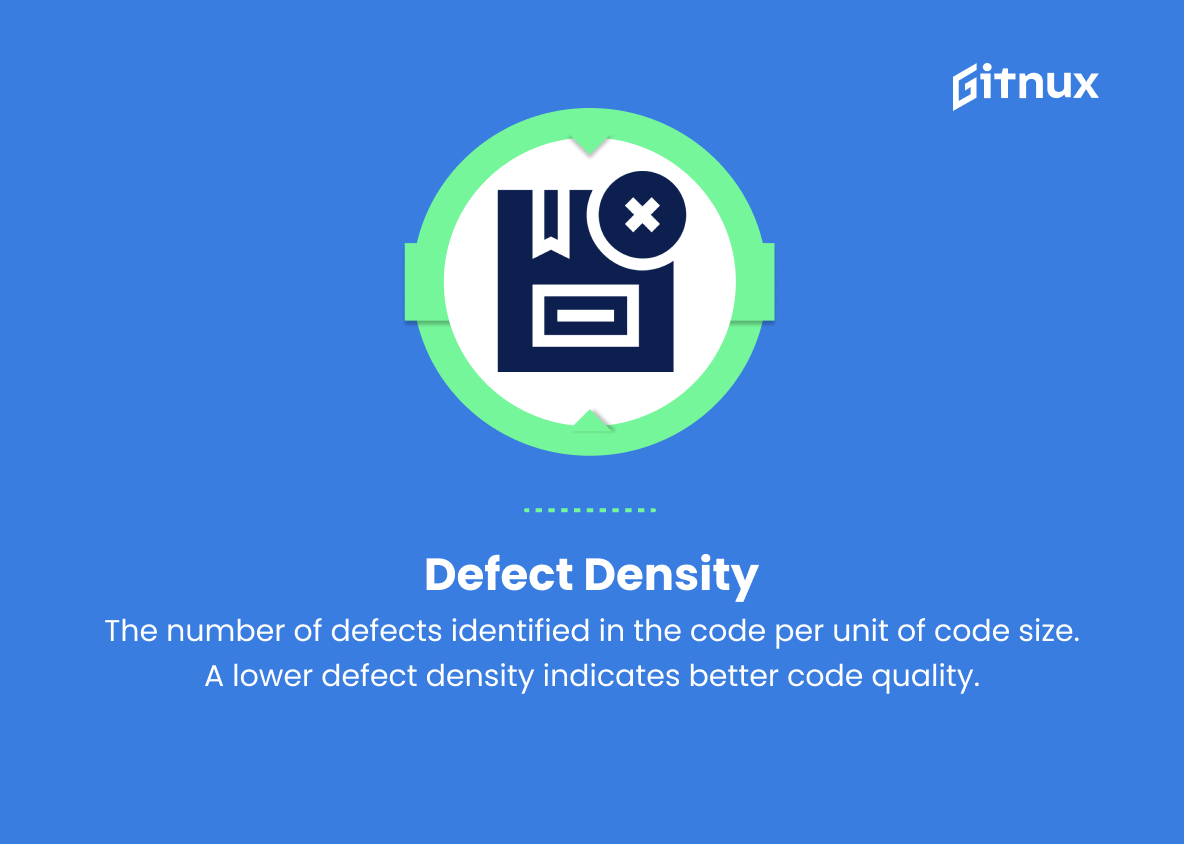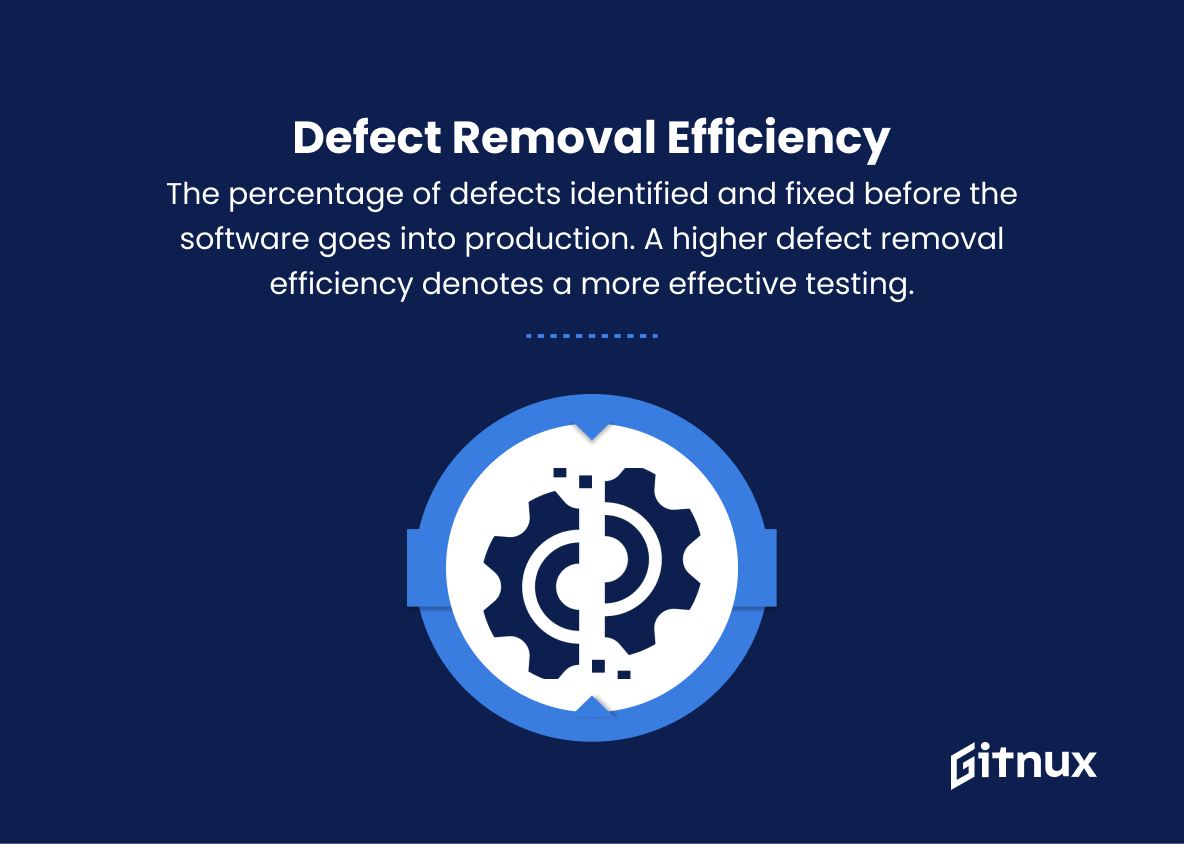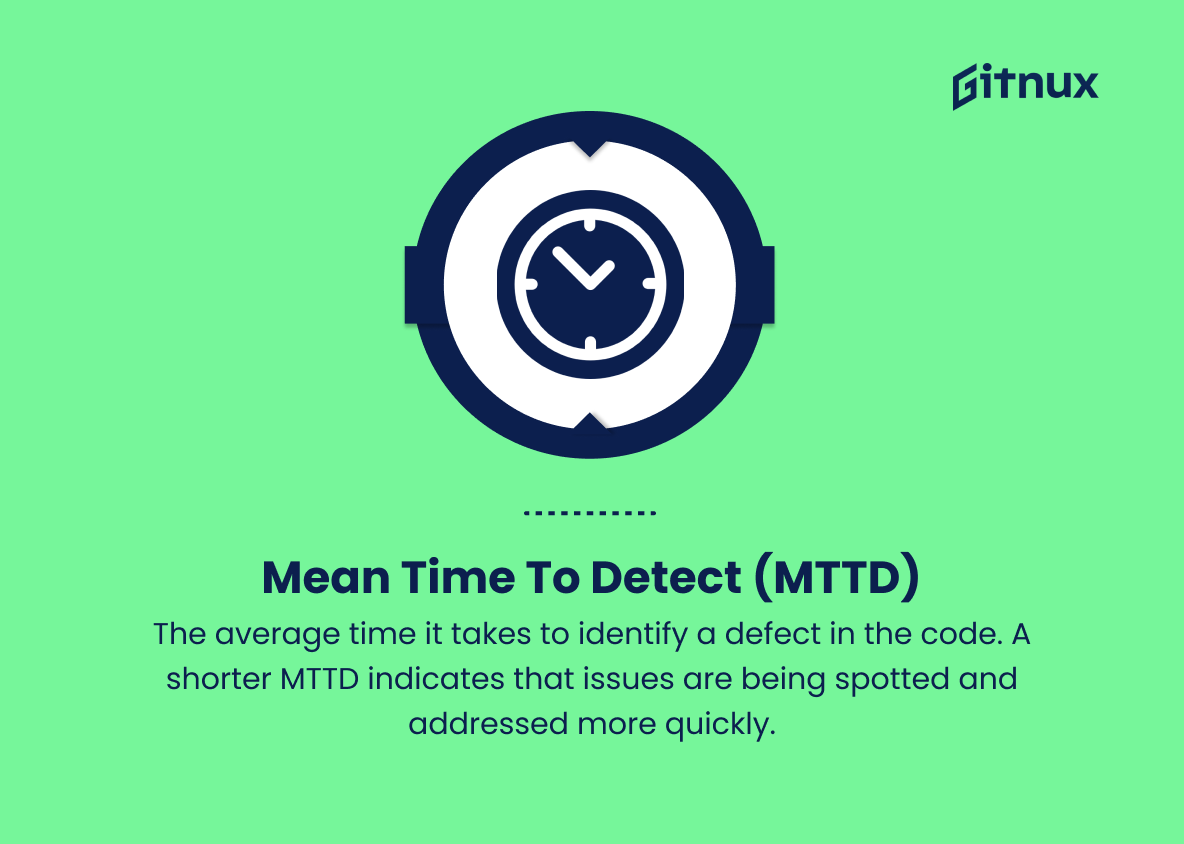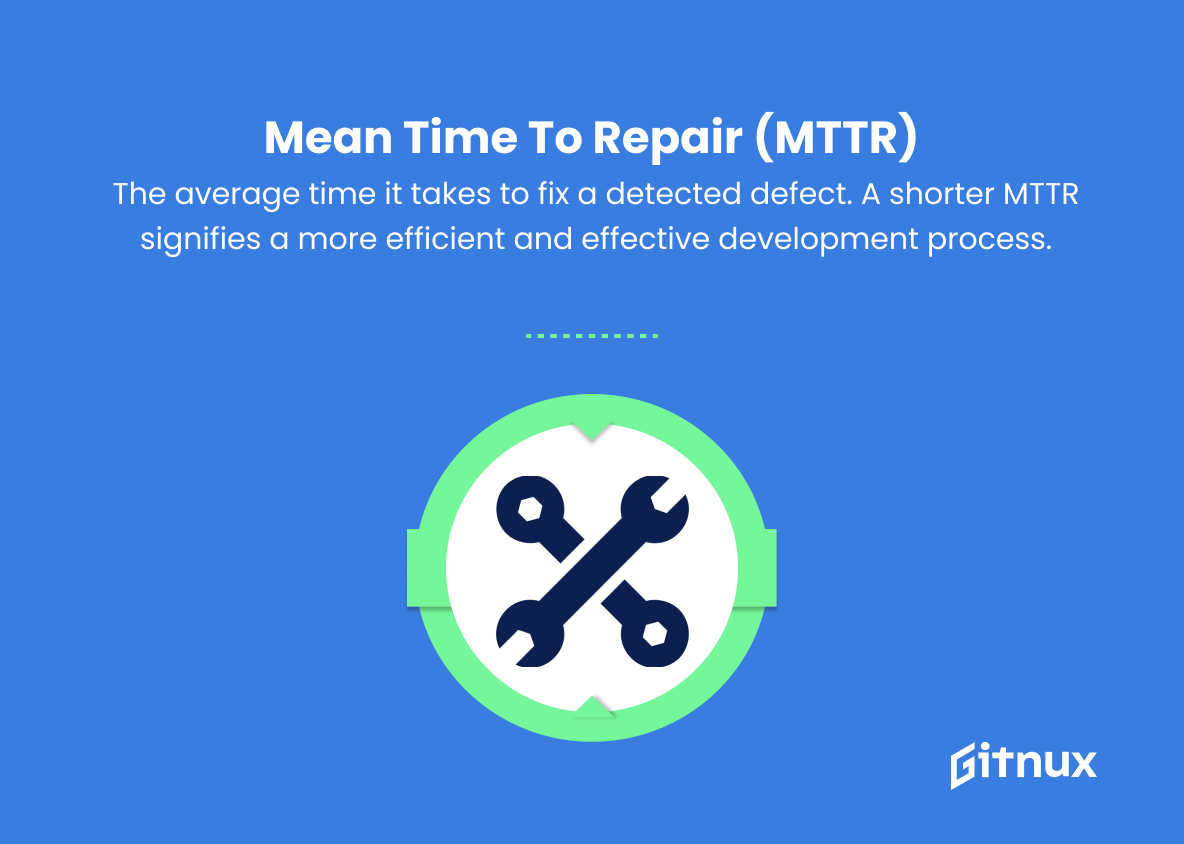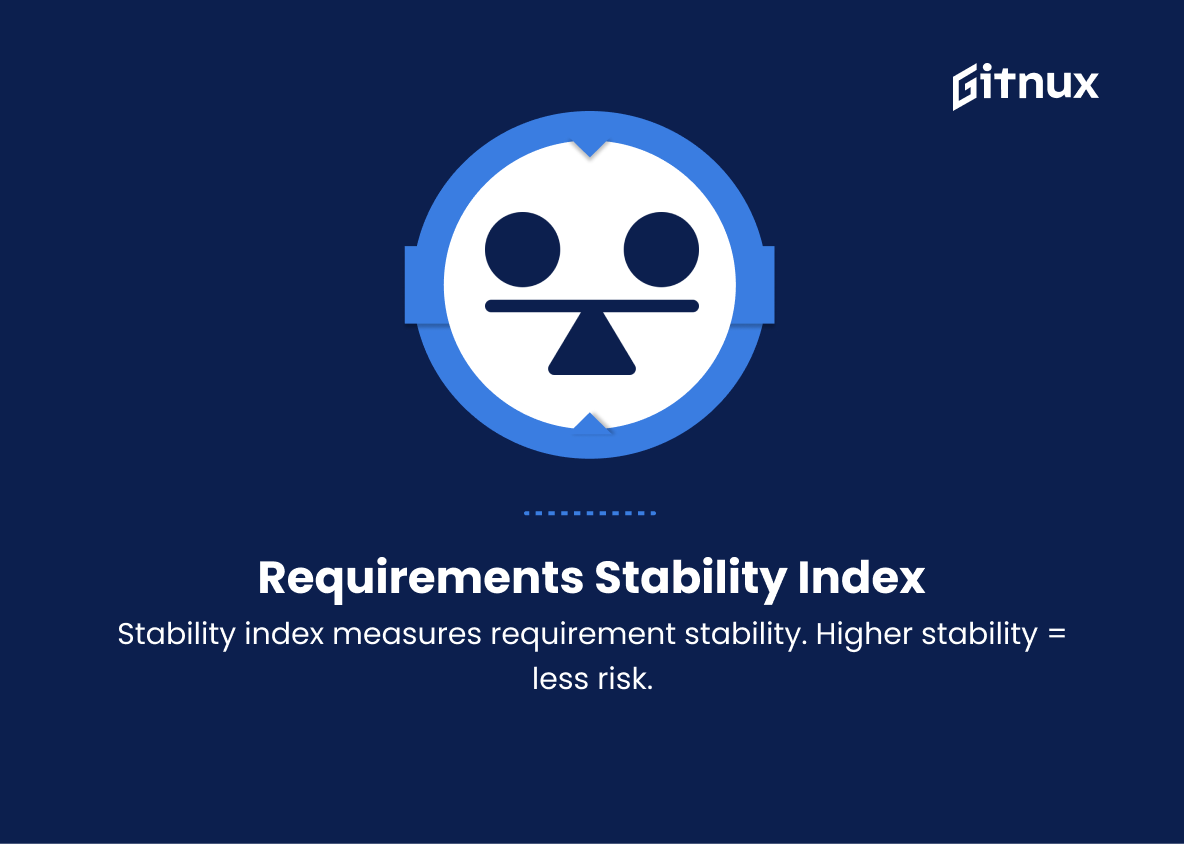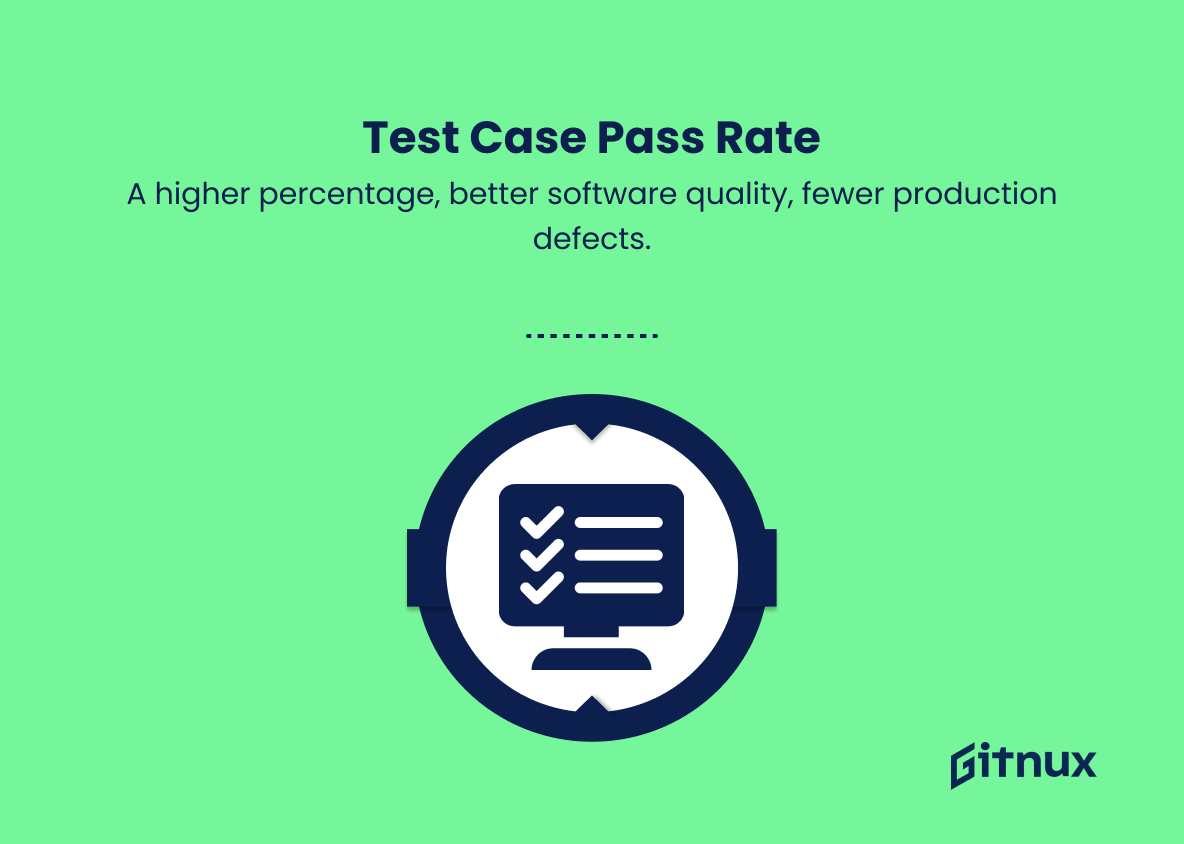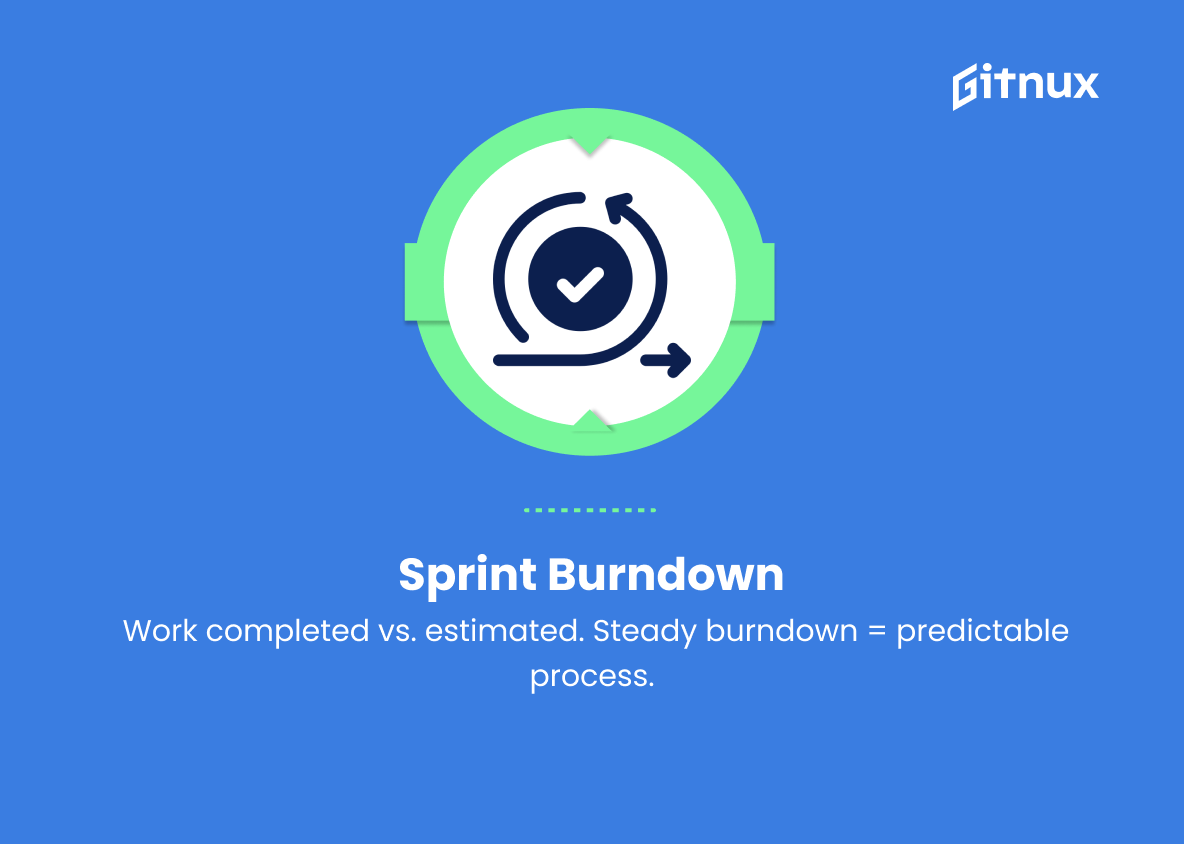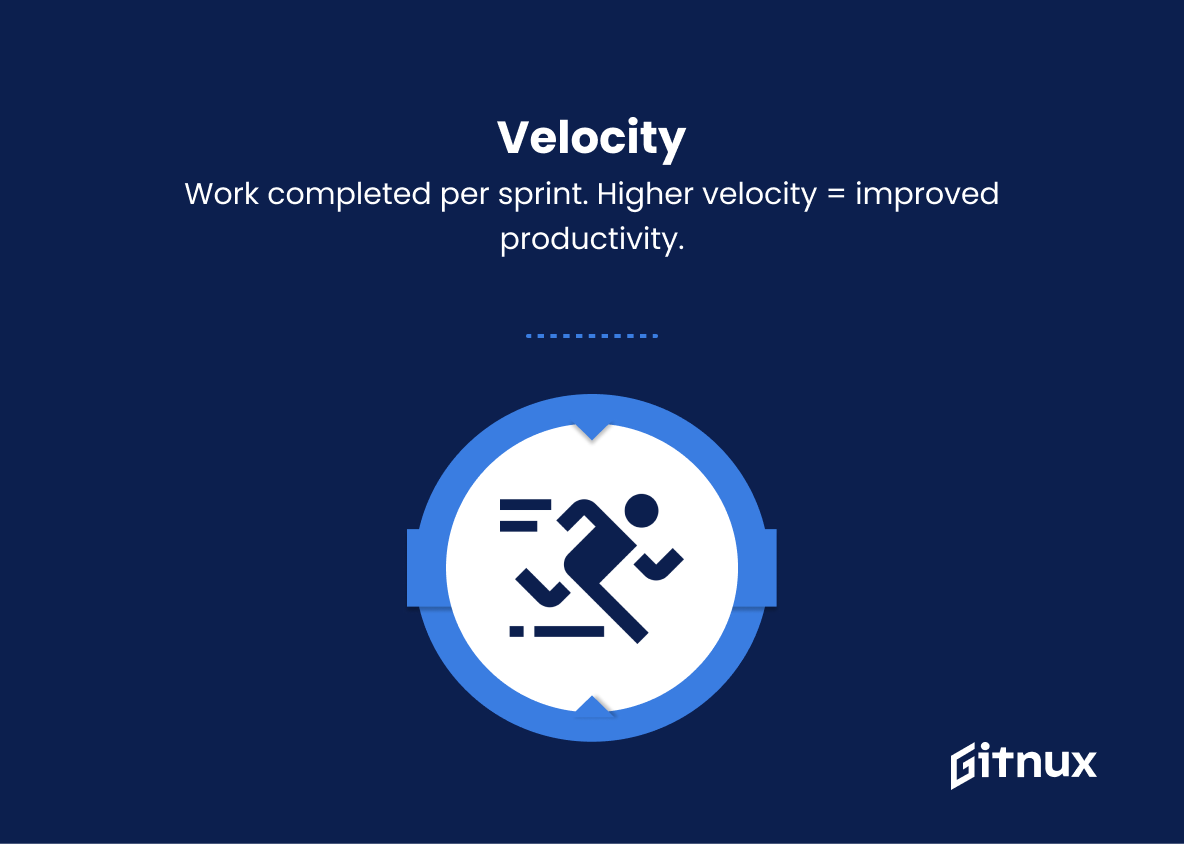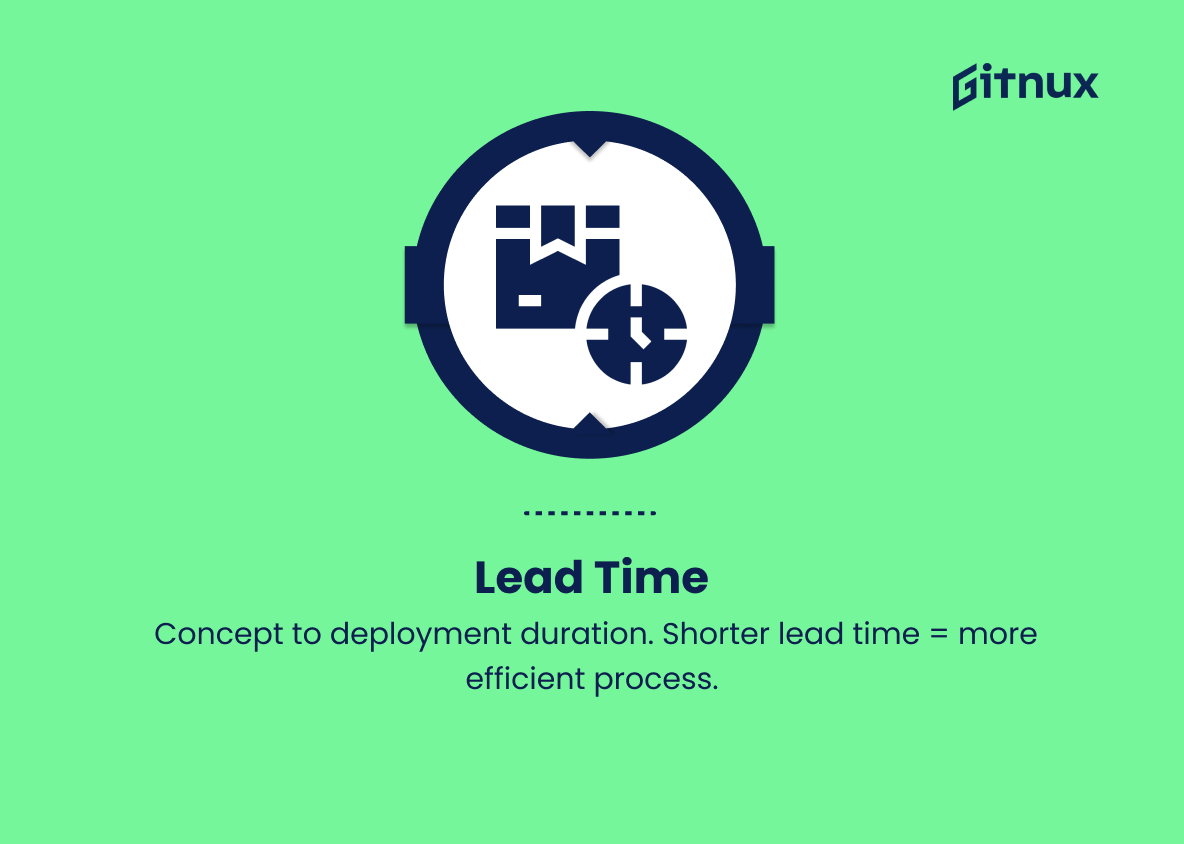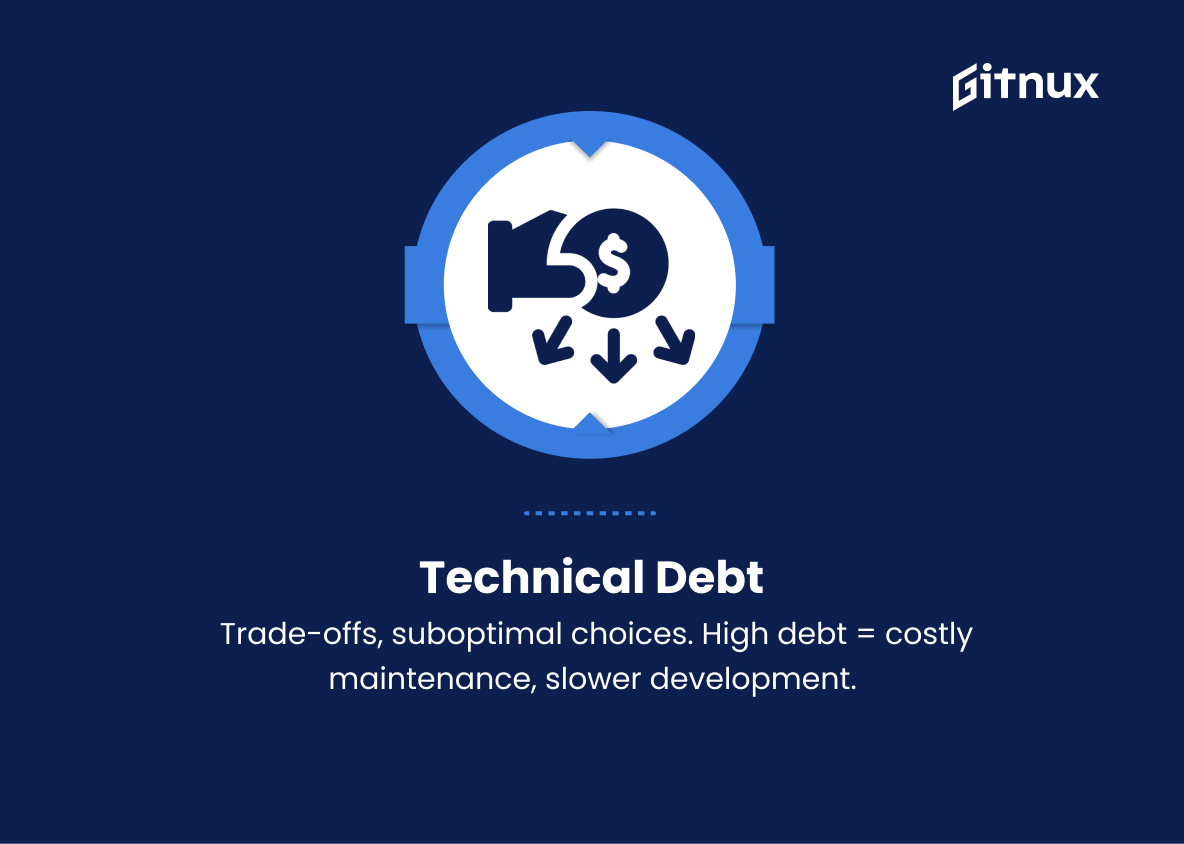In today’s competitive software development landscape, measuring and optimizing performance is crucial to ensure project success, resource allocation, and the delivery of high-quality products. However, identifying the right performance metrics can be a challenging task, as it requires striking a delicate balance between tracking meaningful indicators and avoiding those that may mislead or demotivate team members.
In this blog post, we will explore the most relevant and effective software development performance metrics that can help development teams operate more efficiently, iterate quickly, and stay ahead of the curve. We’ll discuss the benefits and potential pitfalls, and provide guidelines on how to apply these metrics intelligently and responsibly to achieve the ultimate objective – delivering outstanding software products that delight users and meet business goals.
Software Development Performance Metrics You Should Know
1. Code quality
Refers to the maintainability, efficiency, and readability of the code. High-quality code has few bugs, is easy to understand, and can be modified without extensive effort.
2. Code coverage
A measure of the percentage of code that has been executed during the testing process. A higher code coverage percentage indicates that more of the application has been tested and is less likely to have undetected issues.
3. Defect density
The number of defects identified in the code per unit of code size (usually measured in thousand lines of code or function points). A lower defect density indicates better code quality.
4. Defect removal efficiency
The percentage of defects identified and fixed before the software goes into production. A higher defect removal efficiency denotes a more effective testing and quality assurance process.
5. Mean time to detect (MTTD)
The average time it takes to identify a defect in the code. A shorter MTTD indicates that issues are being spotted and addressed more quickly.
6. Mean time to repair (MTTR)
The average time it takes to fix a detected defect. A shorter MTTR signifies a more efficient and effective development process.
7. Requirements stability index
A measure of how stable the requirements are throughout the software development process. A higher stability index indicates fewer changes in requirements, leading to higher predictability and reduced project risks.
8. Test case pass rate
The percentage of test cases that pass successfully during the testing phase. A higher pass rate suggests better software quality and lower potential for defects in production.
9. Sprint burndown
The amount of work, usually measured in story points or hours, that has been completed in a sprint compared to the total work estimated. A consistent burndown rate indicates a healthy and predictable development process.
10. Velocity
The amount of work a development team can complete in a sprint or iteration, usually measured in story points or hours. Higher team velocity points to increased productivity and efficiency.
11. Lead time
The time it takes for a feature or bug fix to go from concept to deployment. A shorter lead time indicates a more efficient development process.
12. Cycle time
The time it takes for a task or user story to go from being started to completion. Shorter cycle times suggest better development practices and quicker delivery of features.
13. Technical debt
The trade-offs or compromises made during the development process, resulting in suboptimal code or design choices. High technical debt can lead to increased maintenance costs and slower development in the long term.
14. Customer satisfaction
A measure of how well the software meets the needs and expectations of end-users. High customer satisfaction indicates that the software is delivering value and meeting user requirements.
15. Time to market
The time it takes for a software product or feature to go from concept to delivery. A shorter time to market signifies a more agile and efficient development process.
Software Development Performance Metrics Explained
Software Development Performance Metrics are essential indicators in evaluating the effectiveness, efficiency, and quality of a software development process. Code quality ensures maintainability and efficiency, while code coverage reflects the thoroughness of testing. Defect density serves as a measure of code quality, while defect removal efficiency gauges the effectiveness of the testing process. MTTD and MTTR highlight the responsiveness to identifying and fixing issues, while the requirements stability index assesses the predictability of a project.
Test case pass rate and sprint burndown indicate software quality and the health of the development process, respectively. Team velocity measures productivity, with lead and cycle times illustrating efficiency in feature and task delivery. Technical debt signals the impact of short-term trade-offs on long-term development, customer satisfaction evaluates the software’s ability to meet user needs, and time to market represents the overall agility and efficiency of the development process. Altogether, these metrics provide a comprehensive understanding of a software development project’s success and areas for improvement.
Conclusion
In conclusion, software development performance metrics are essential tools that empower organizations to effectively manage, optimize, and improve their software development processes. By setting clear expectations, providing actionable insights, and fostering a culture of continuous improvement, these metrics ultimately contribute to an organization’s overall success.
By selecting the most appropriate and relevant metrics tailored to your projects, aligning your team towards common objectives, and continuously learning from the data-driven feedback, you will ensure higher project performance, delivery quality, and stakeholder satisfaction. It is indeed a journey of constant experimentation and learning, as the industry and technologies evolve. As software development professionals, let us embrace these metrics and fully harness their potential in driving our projects towards excellence.

